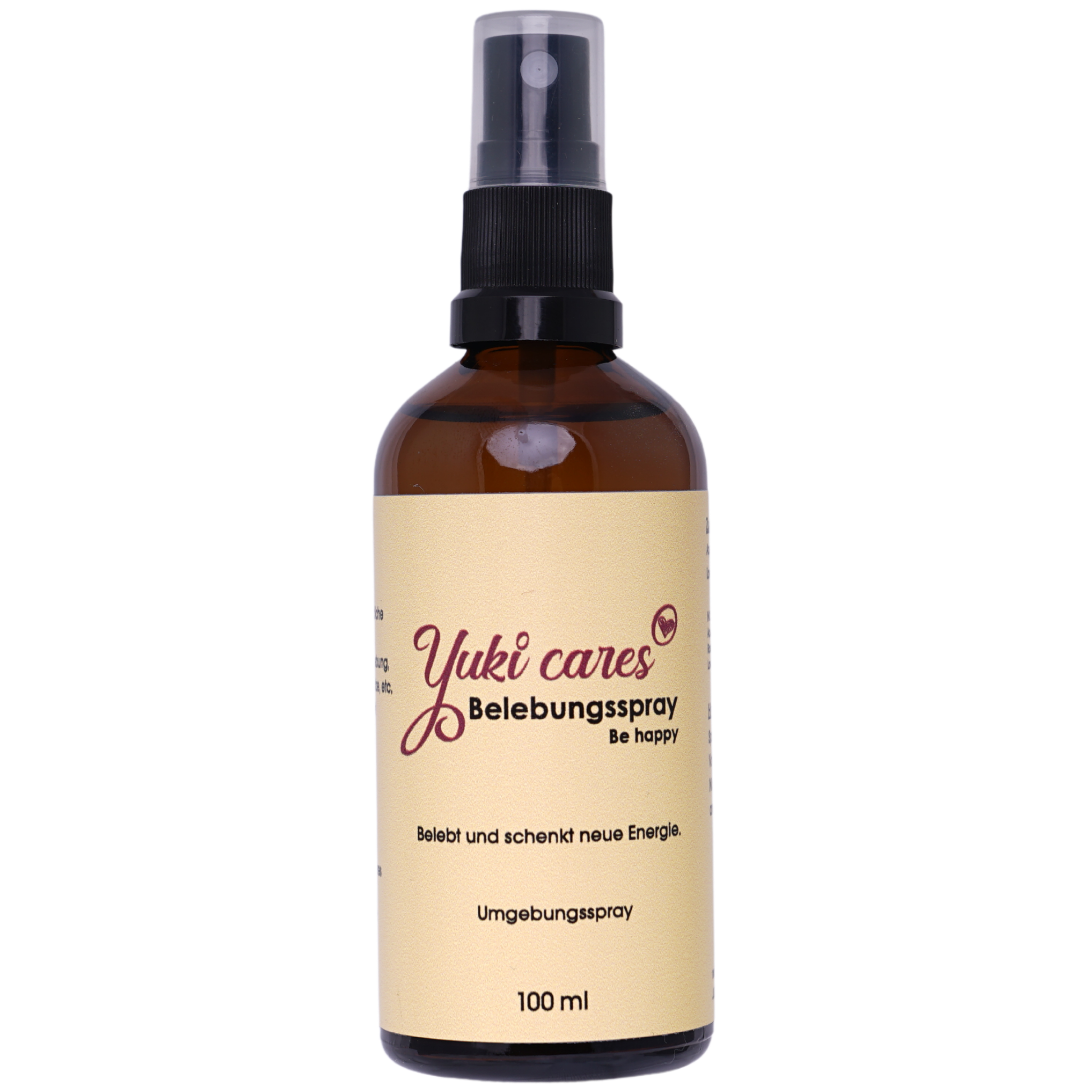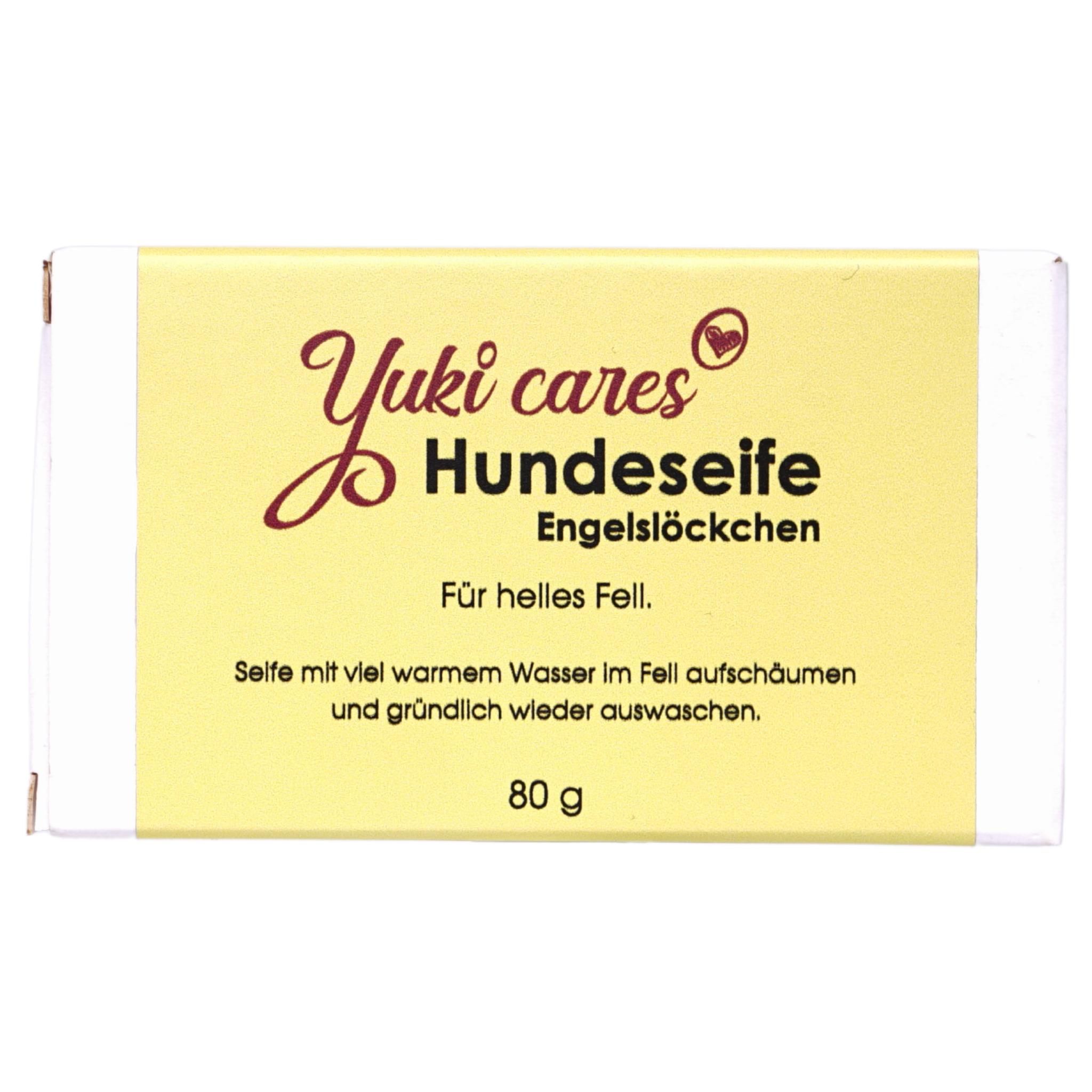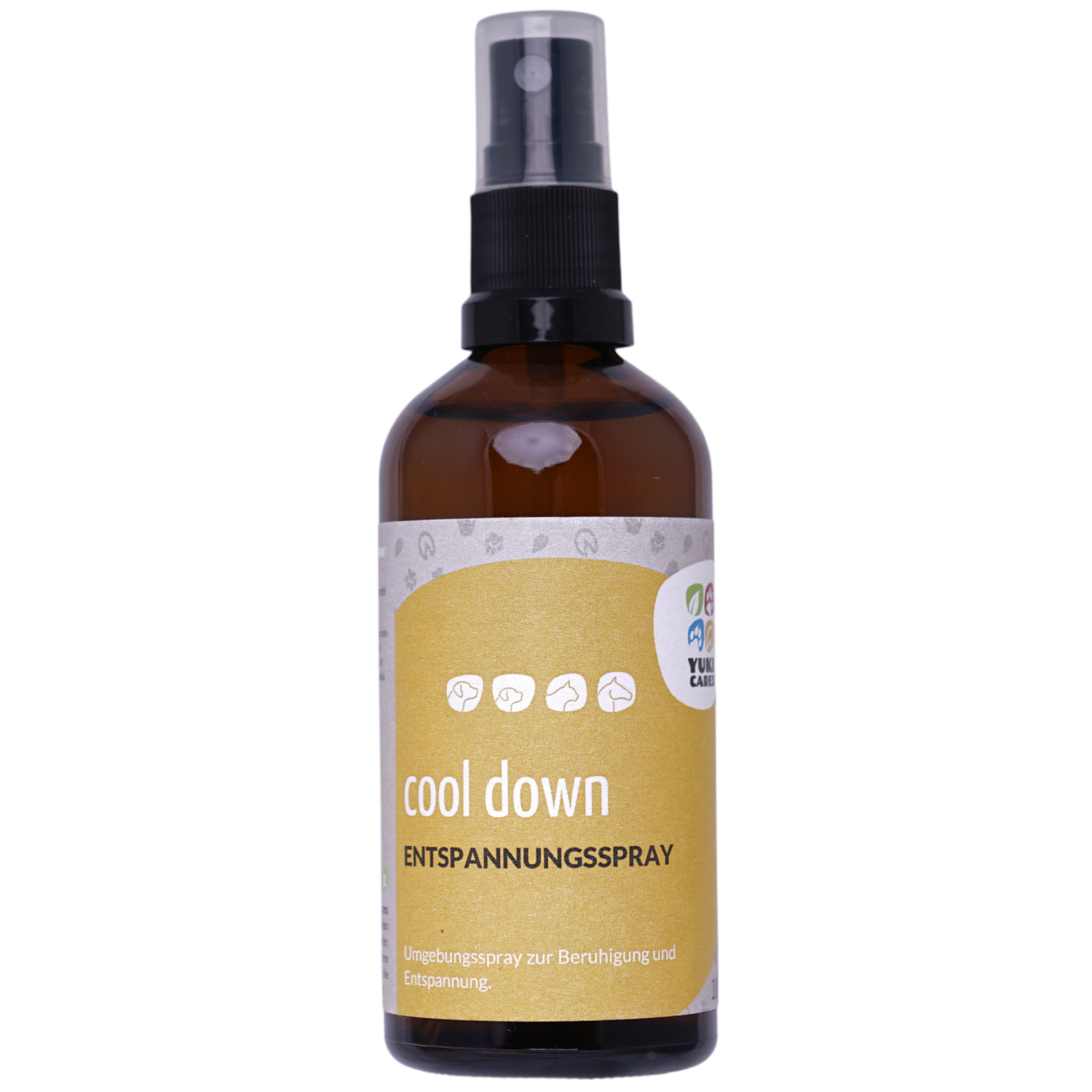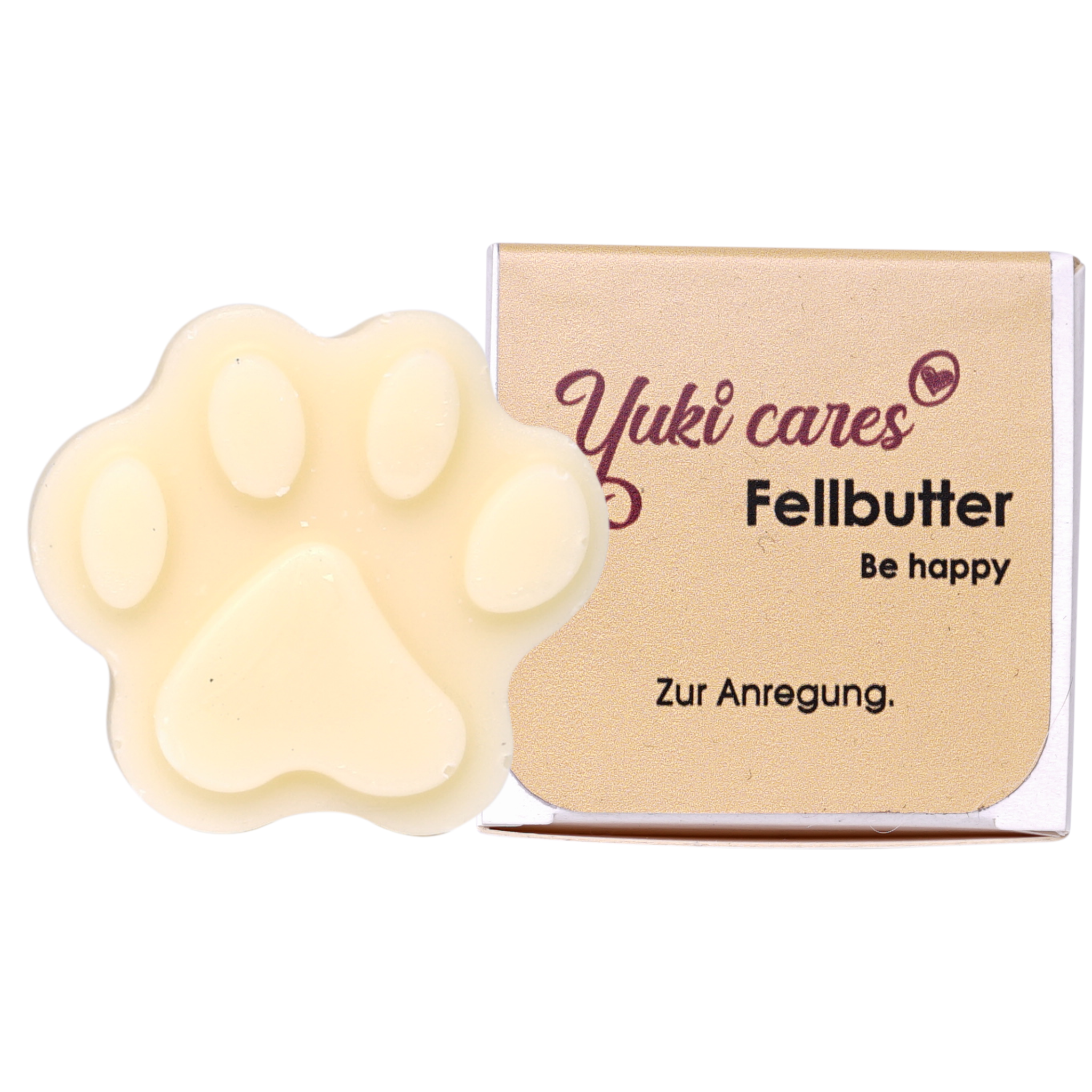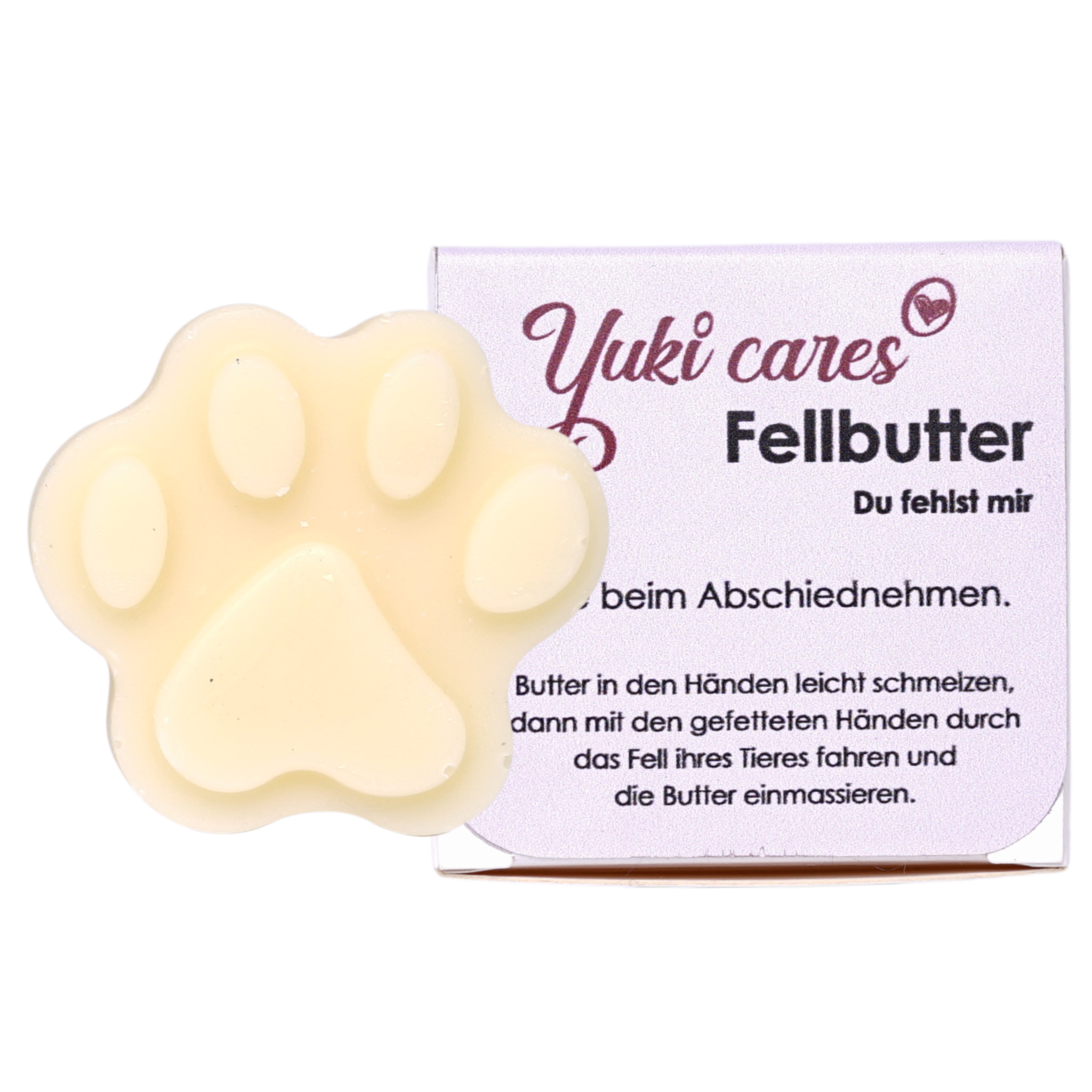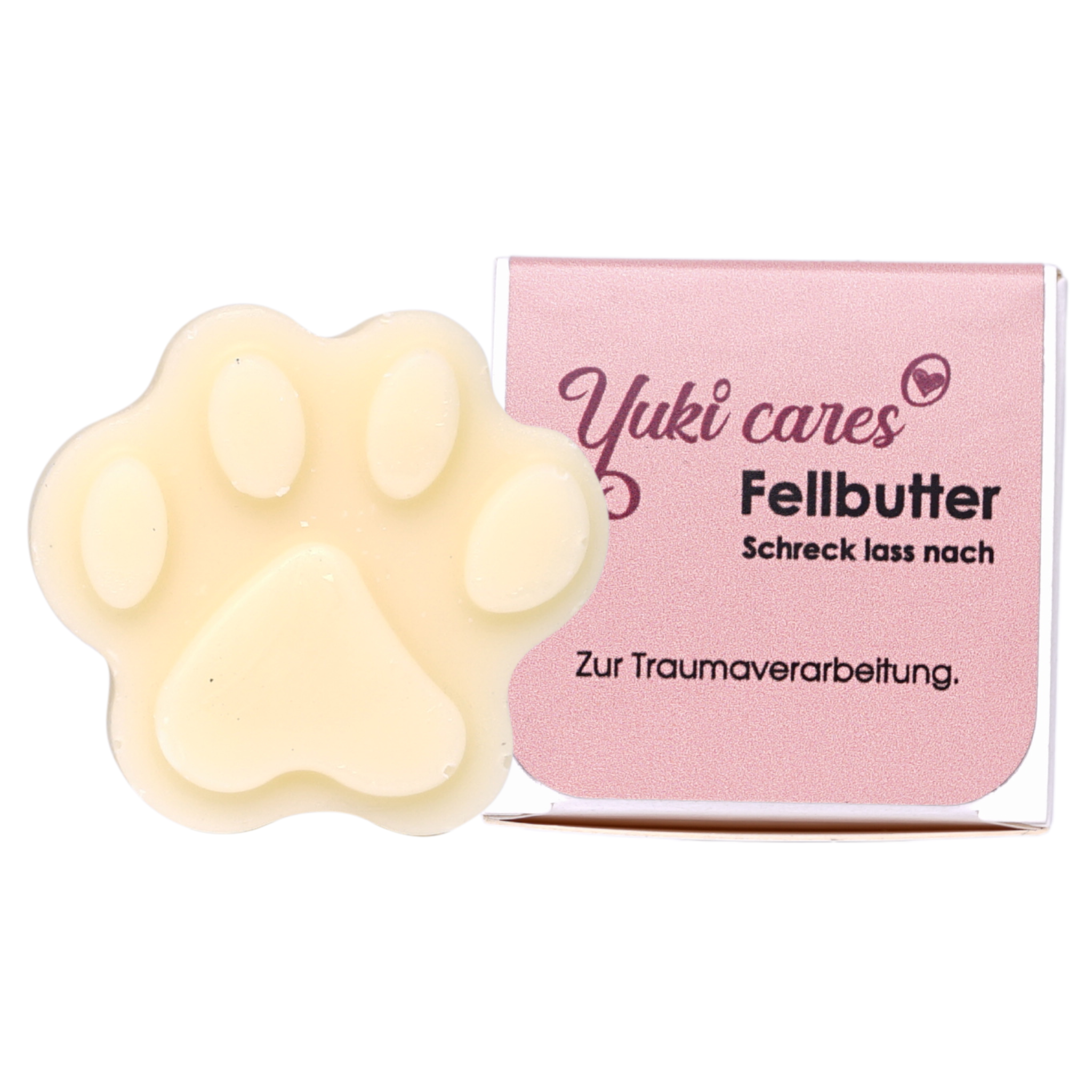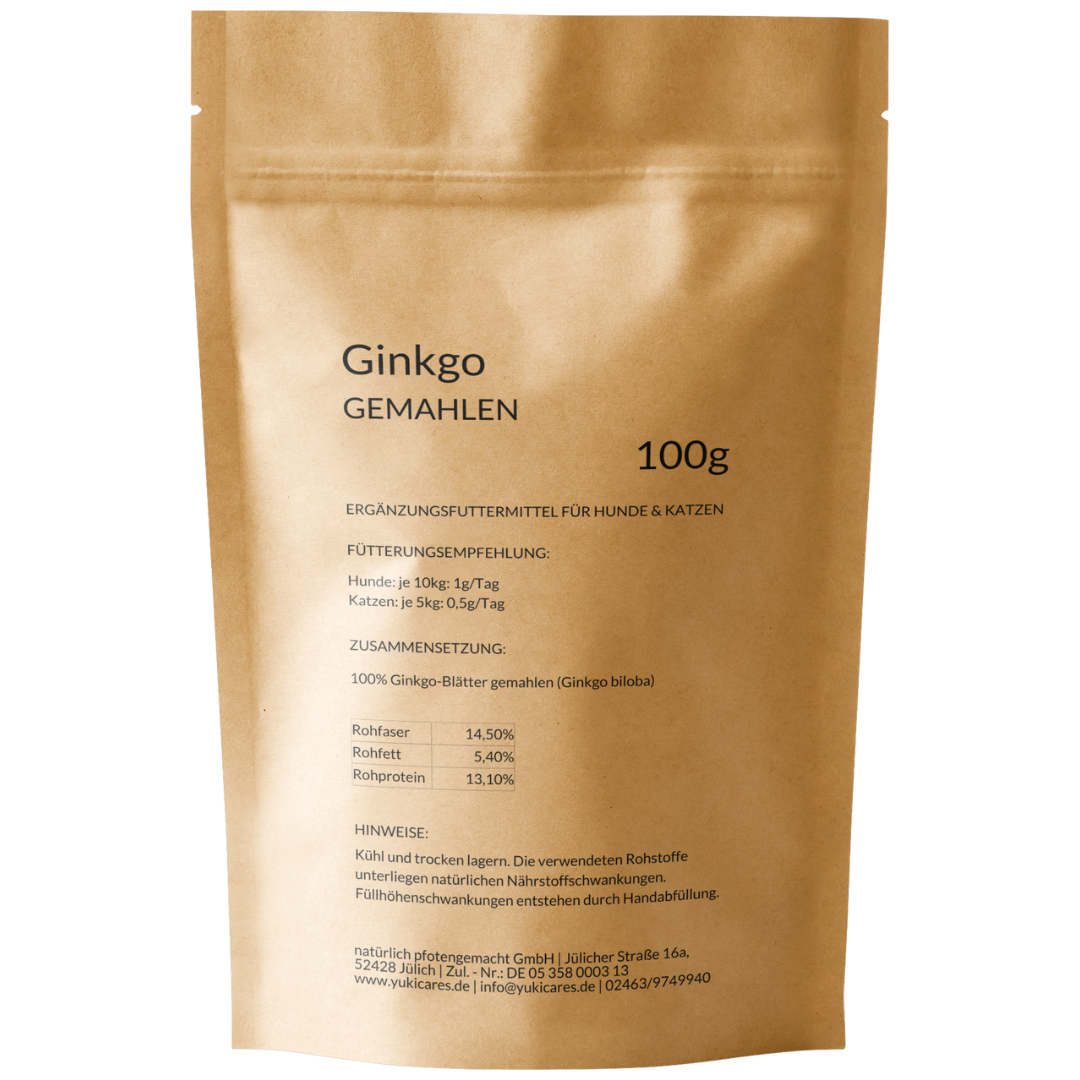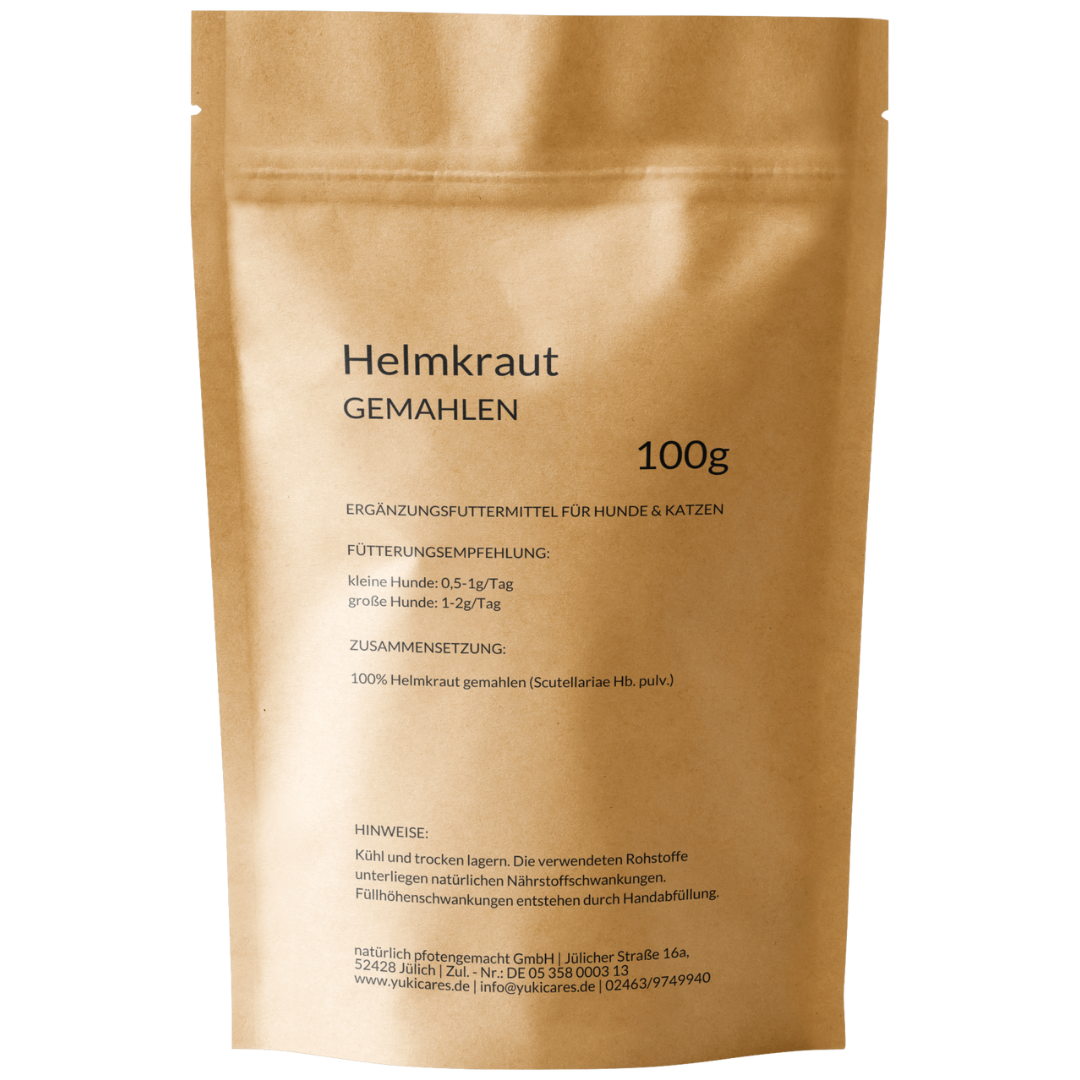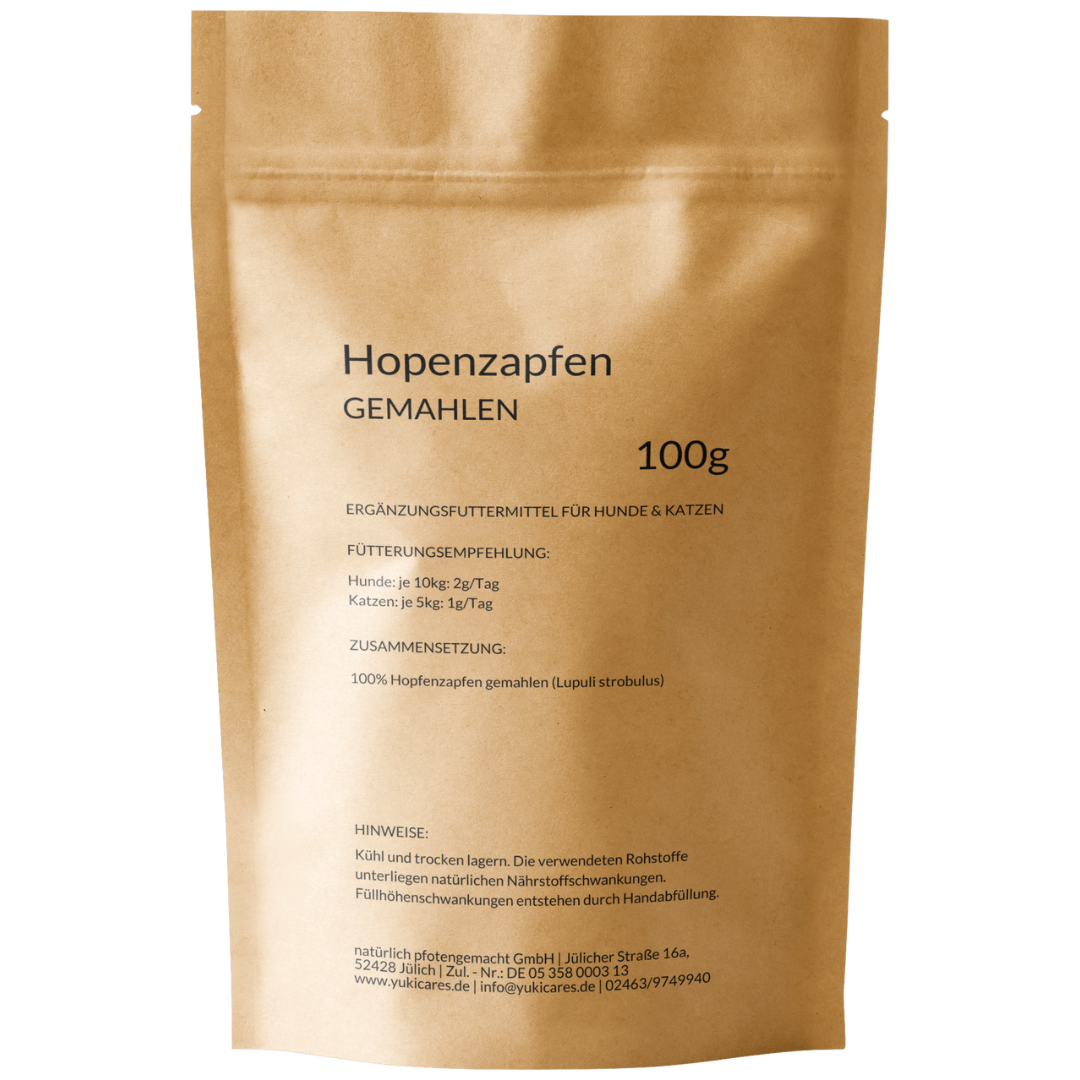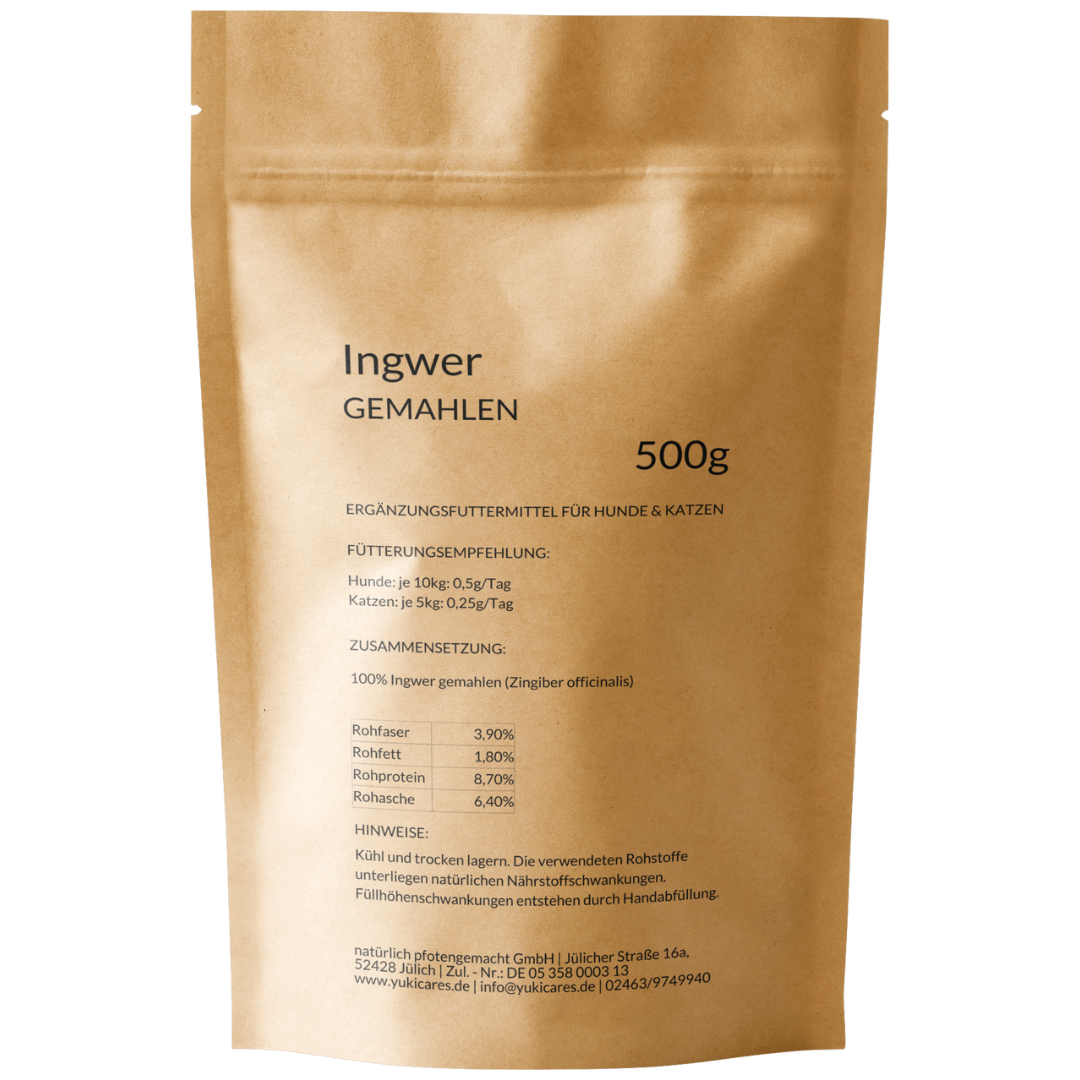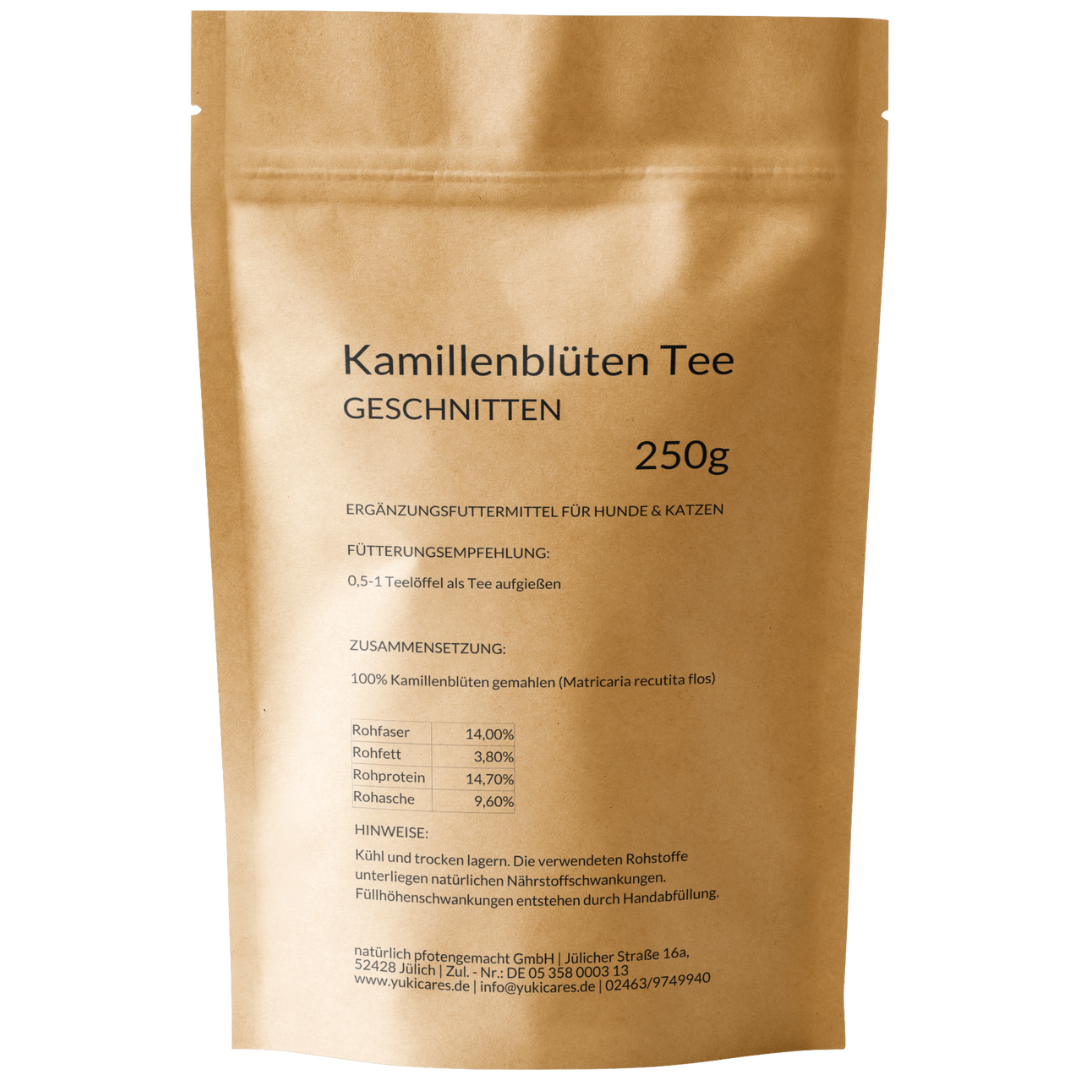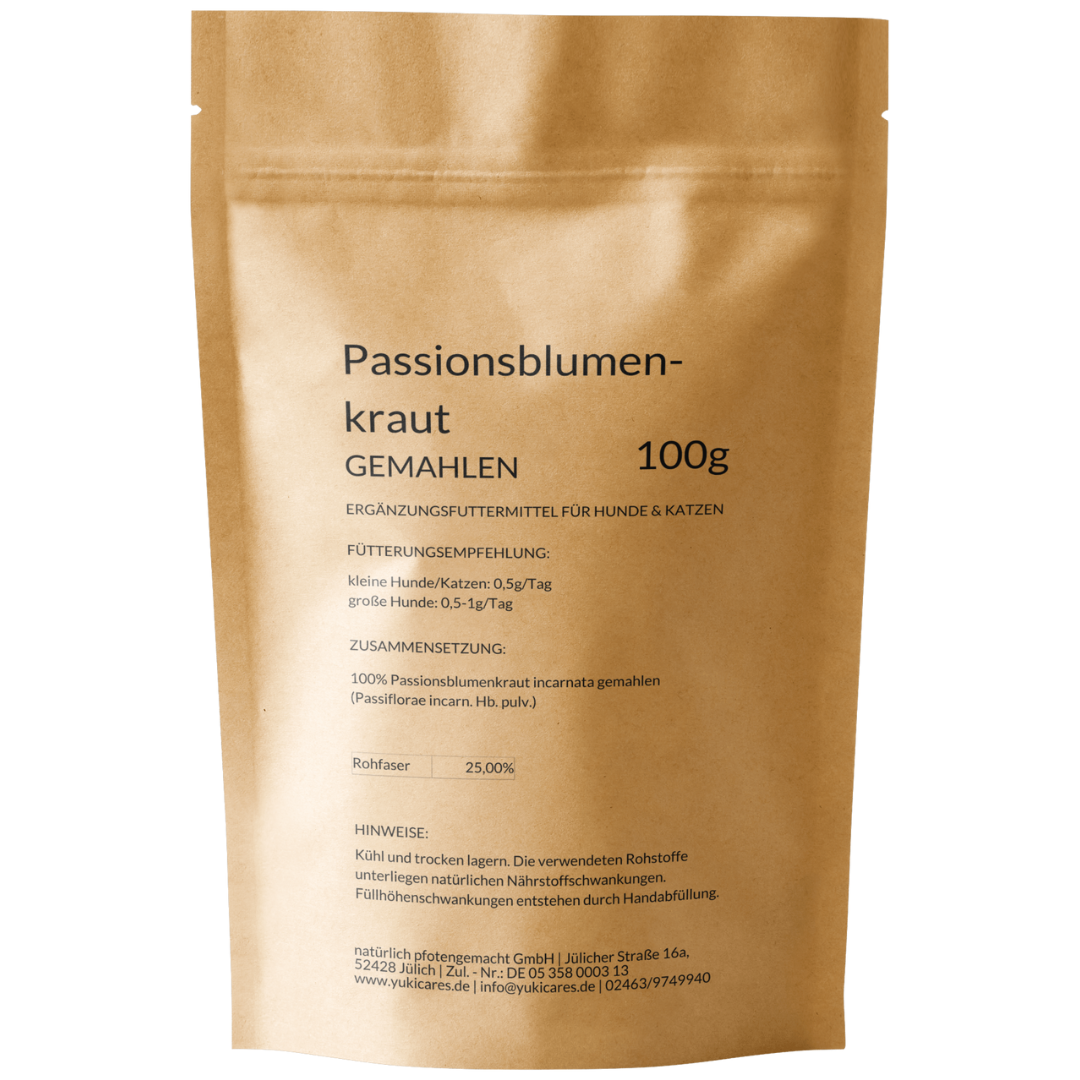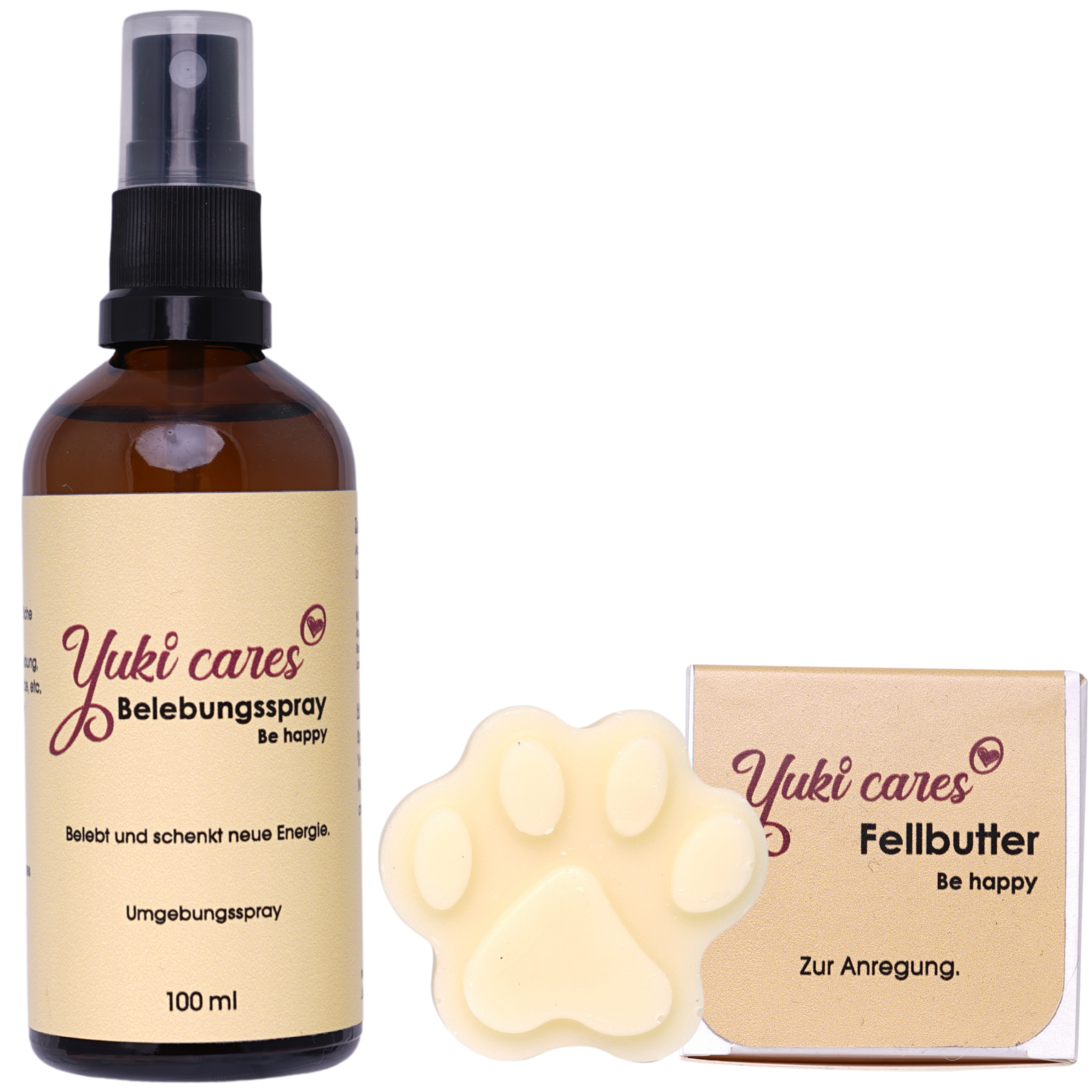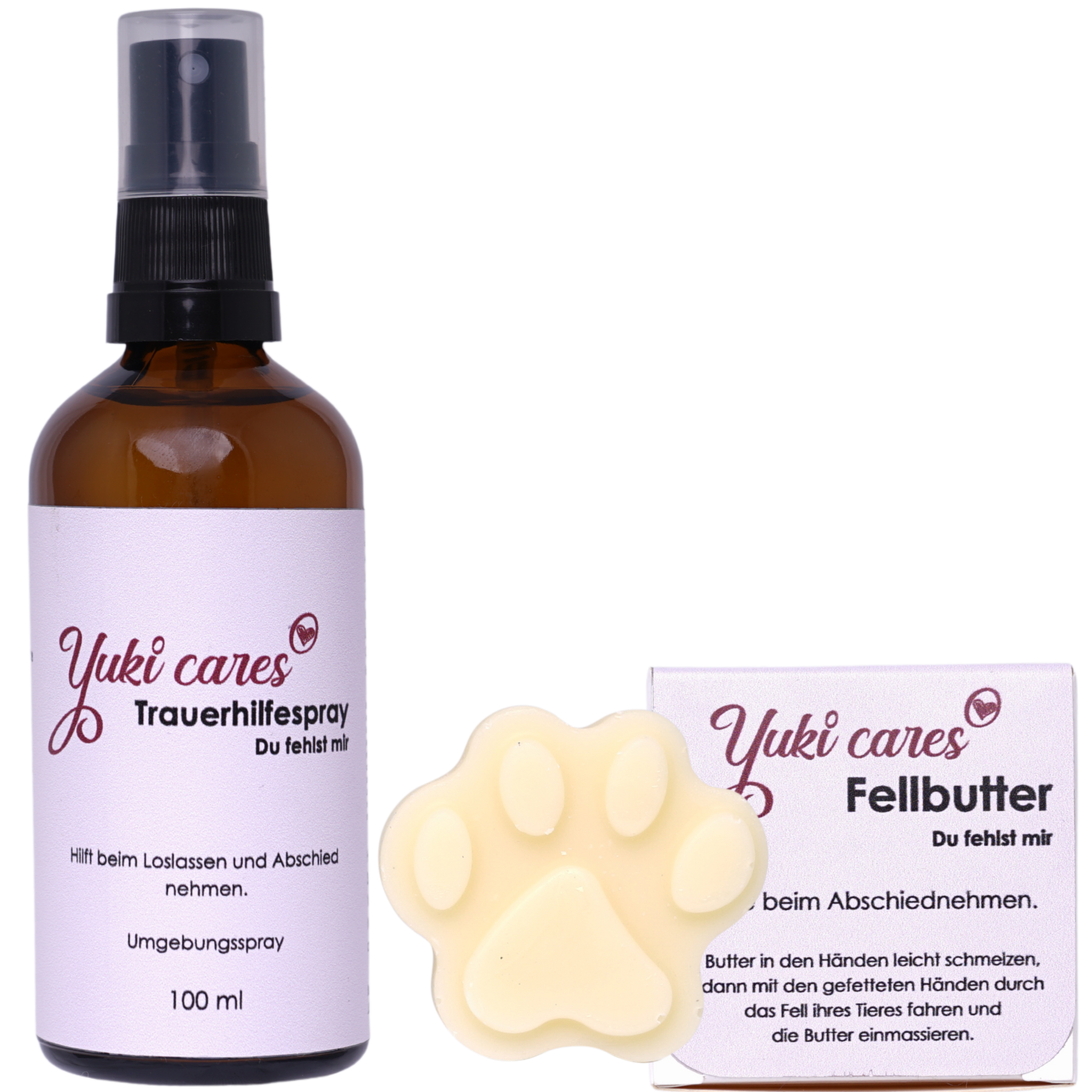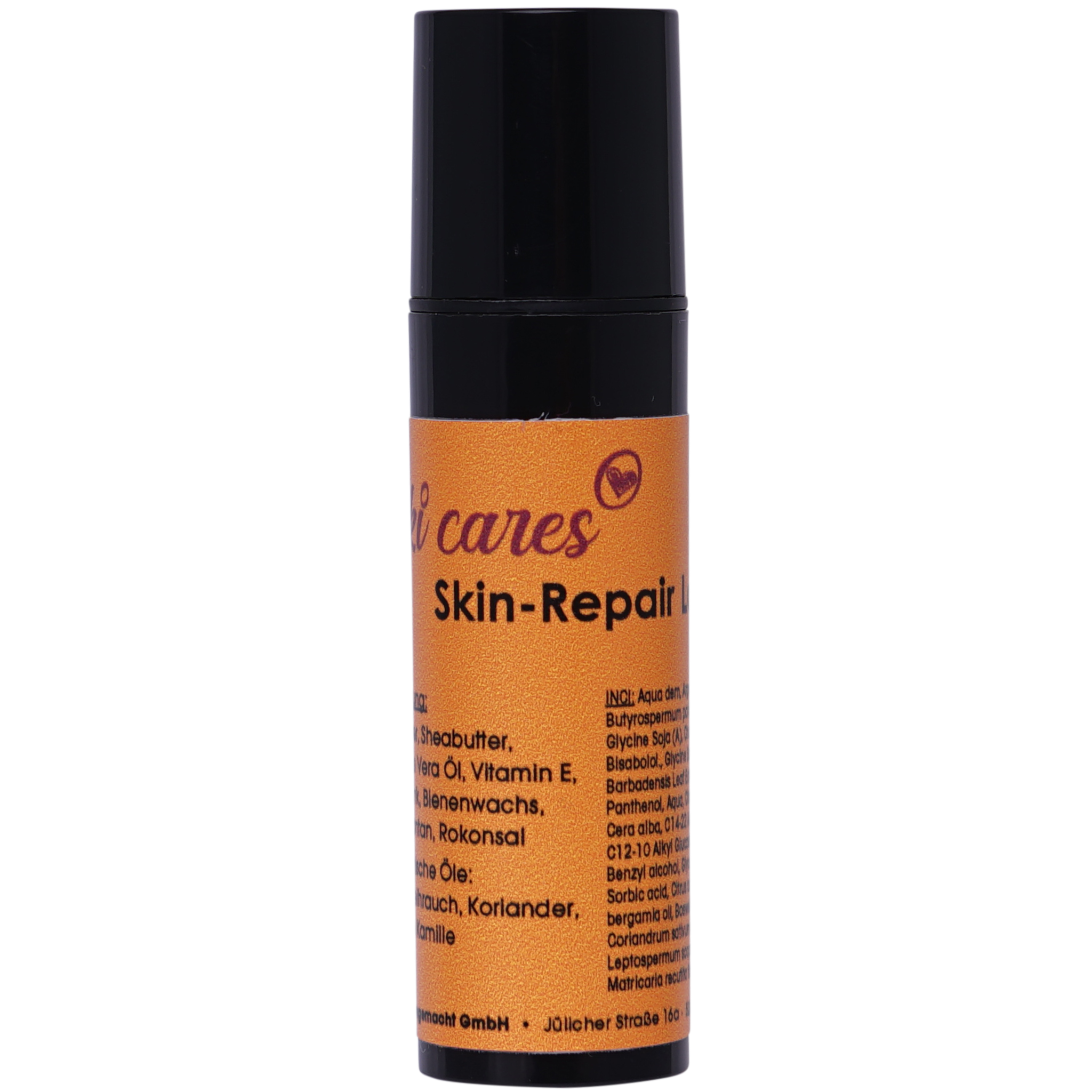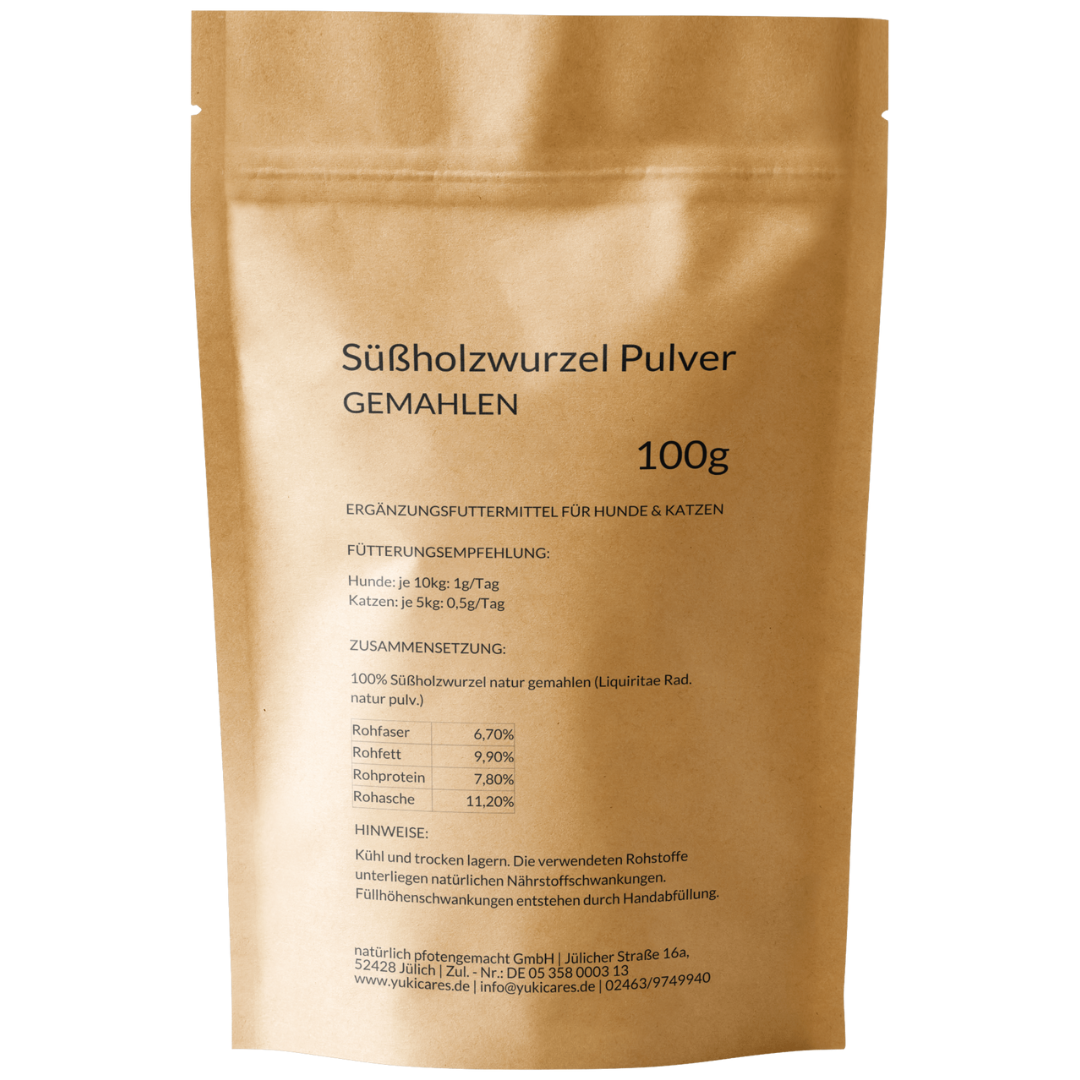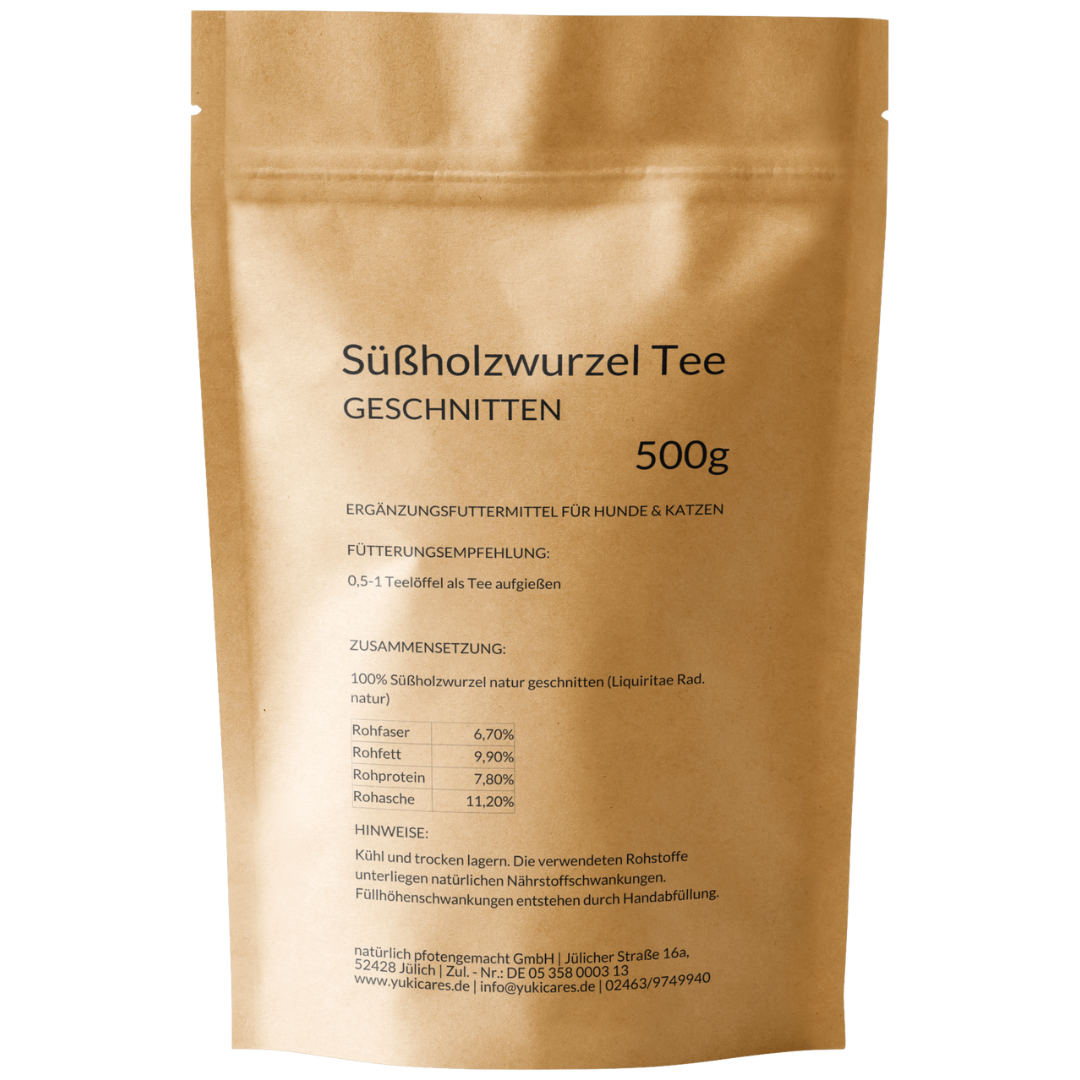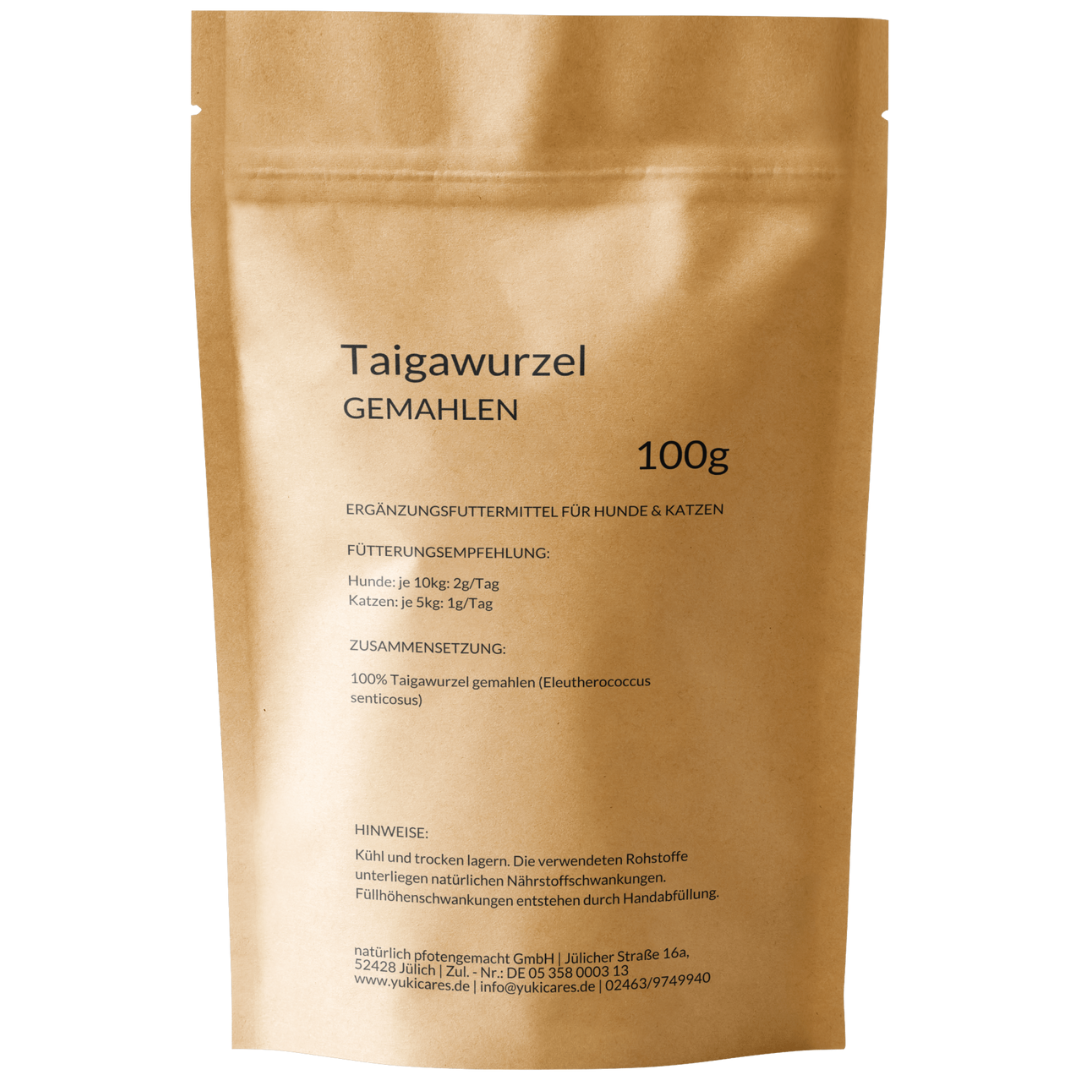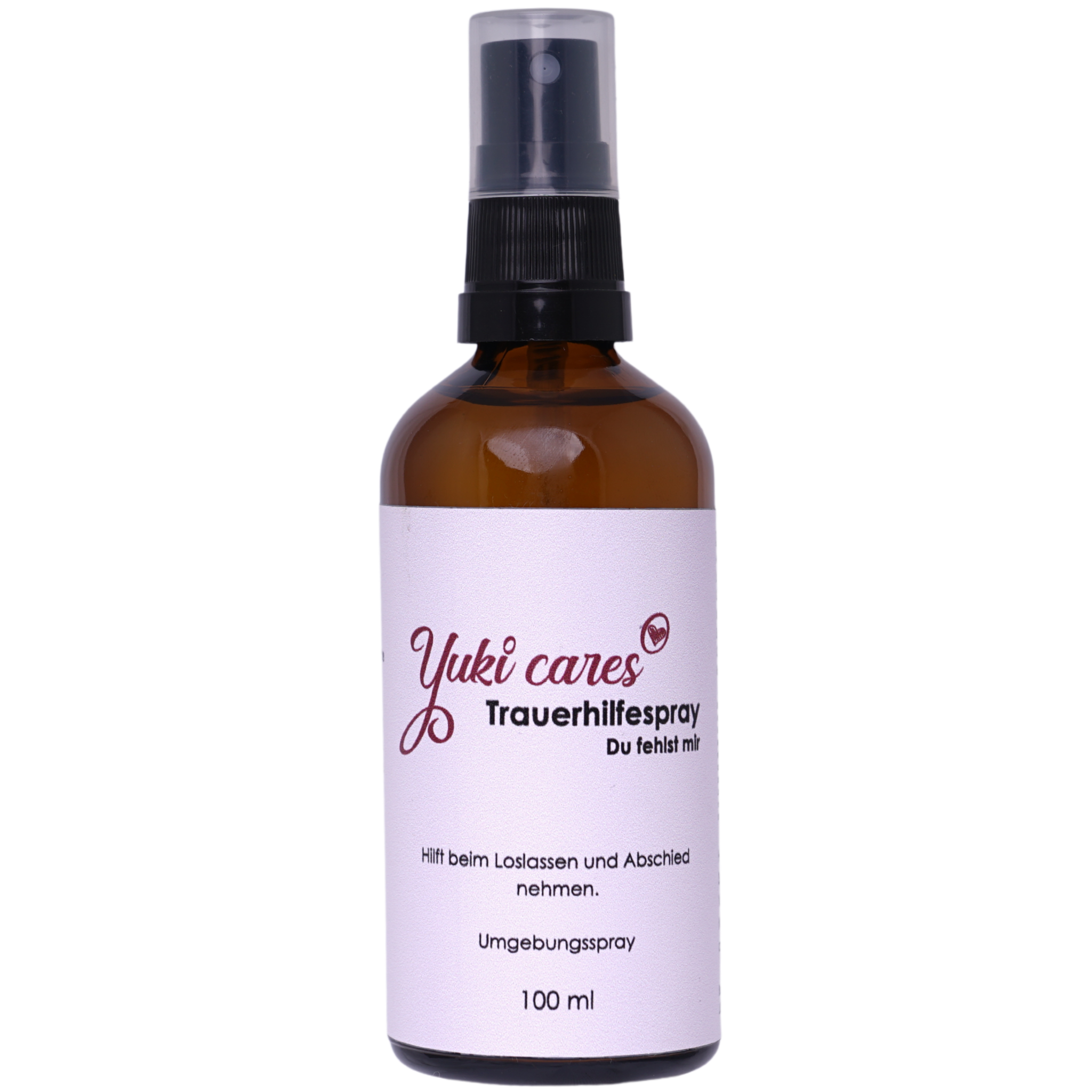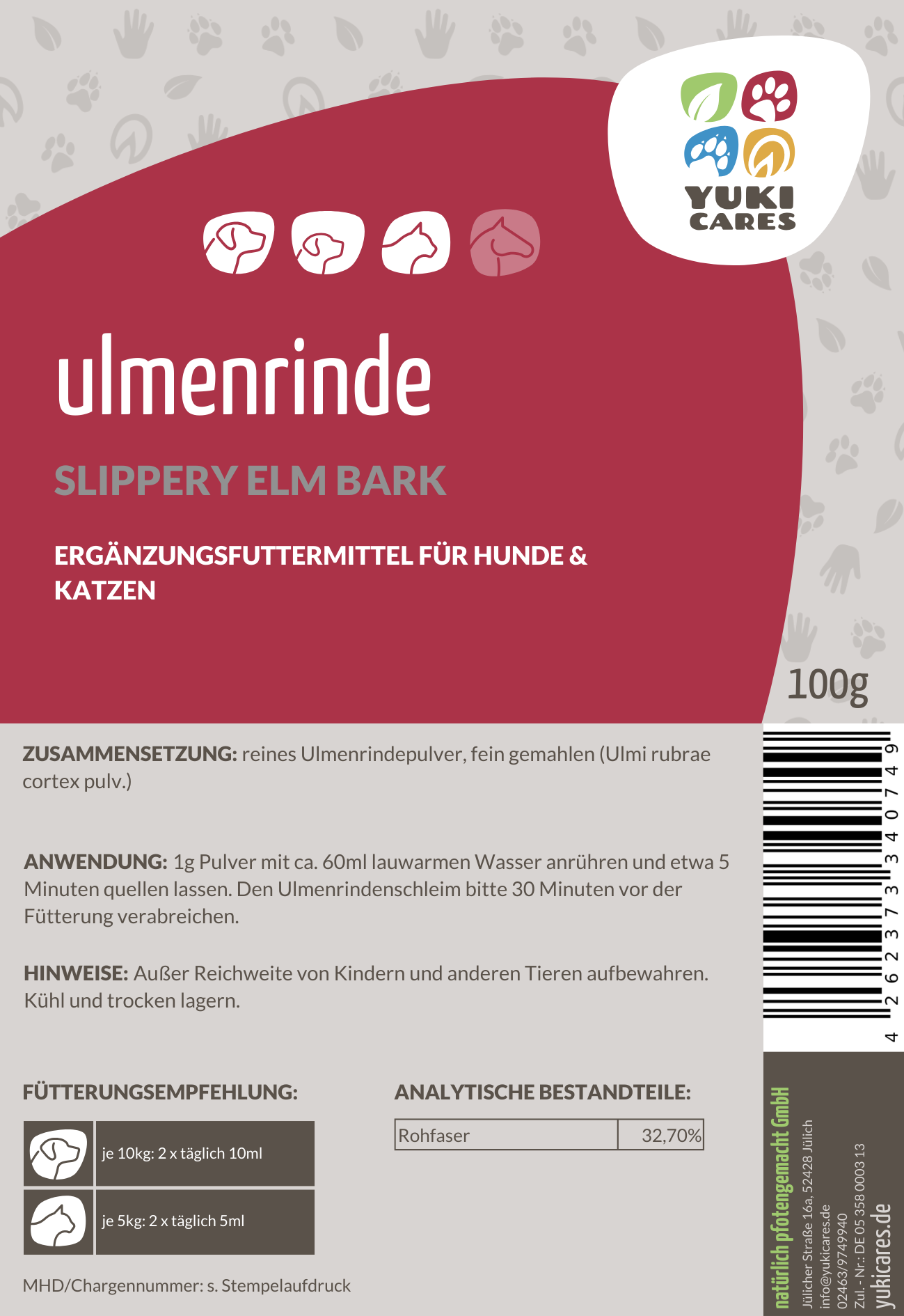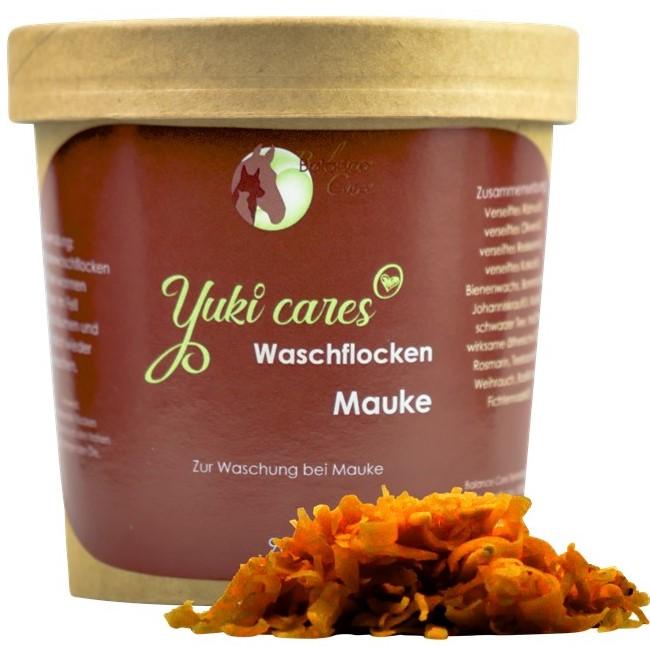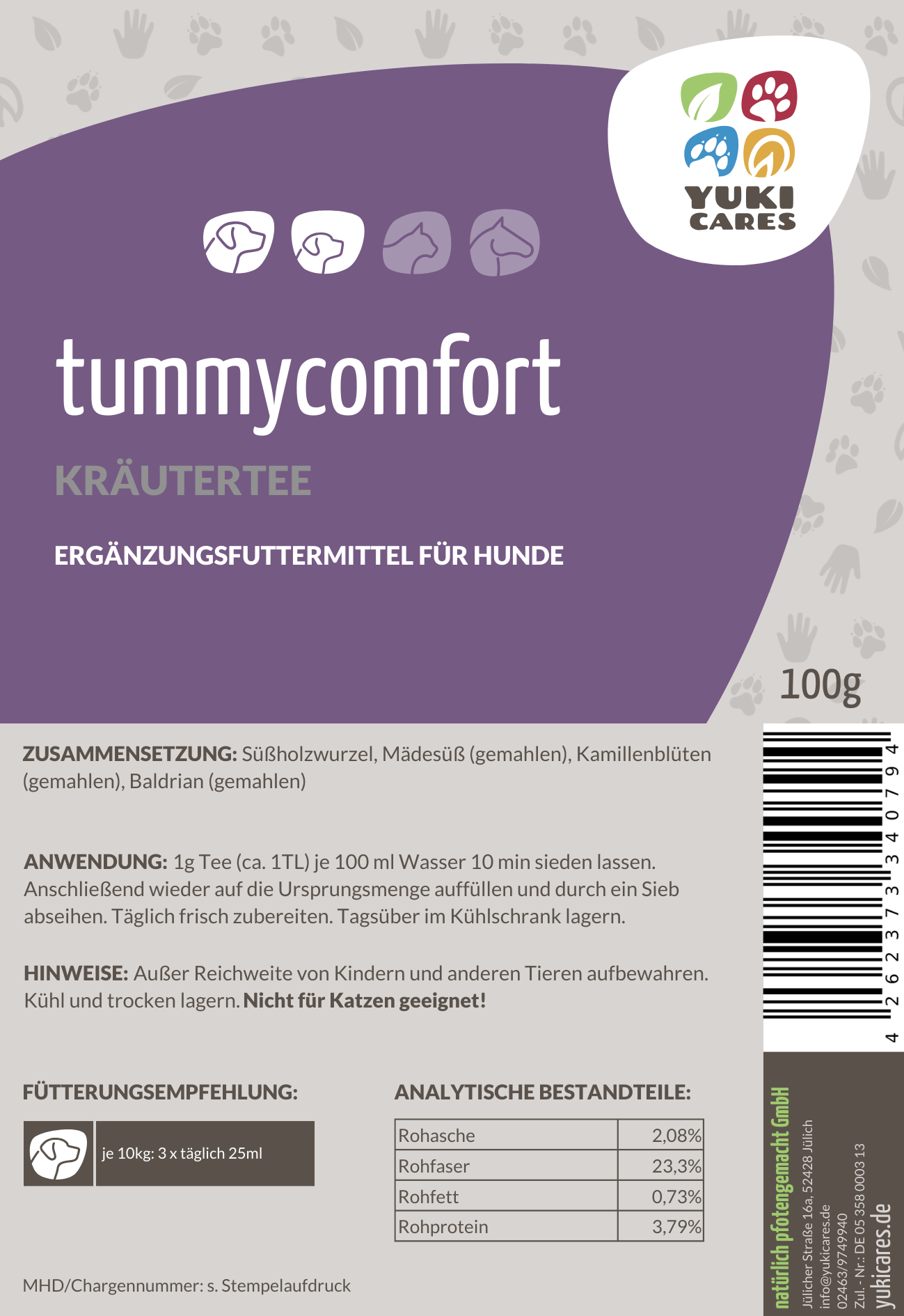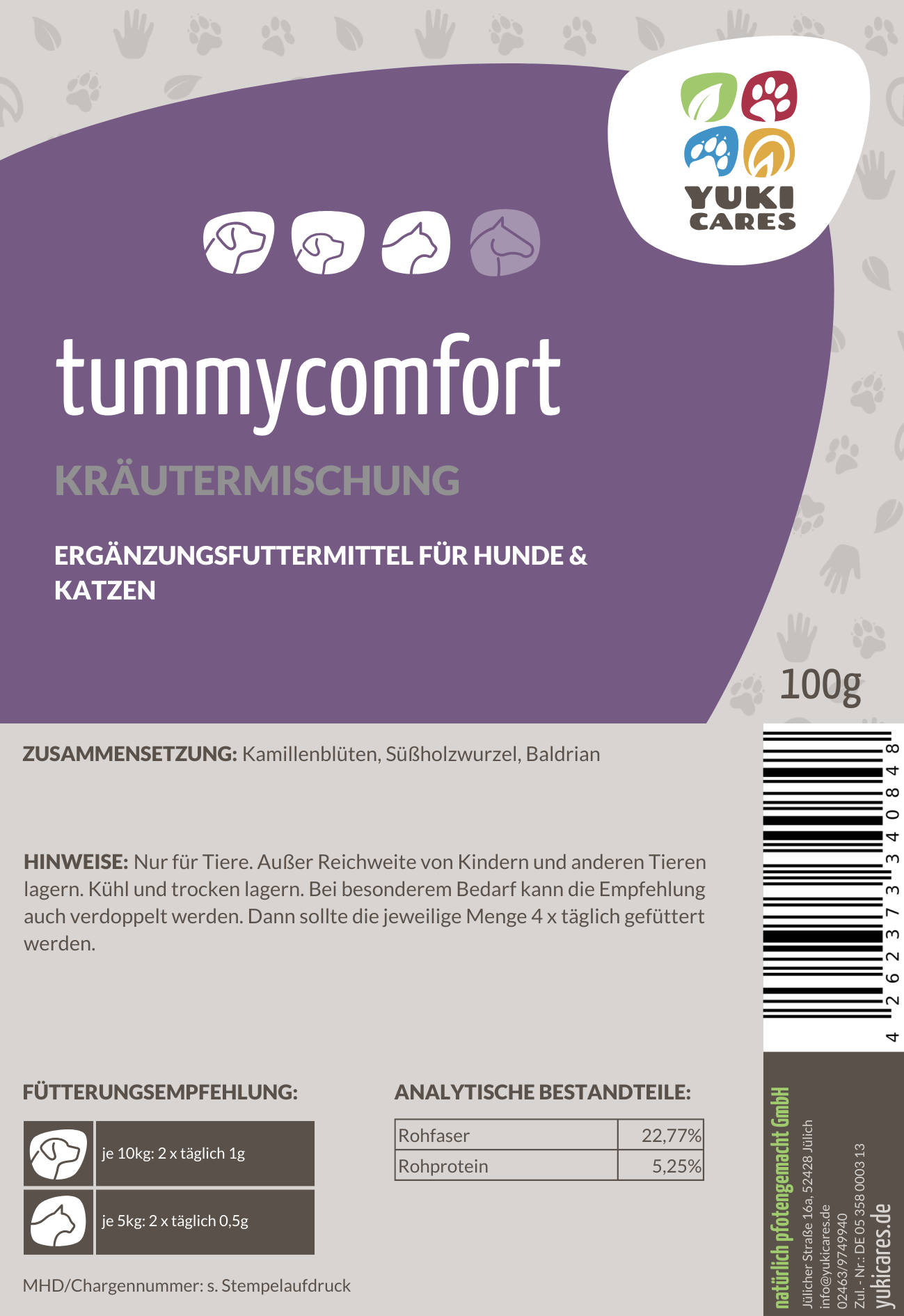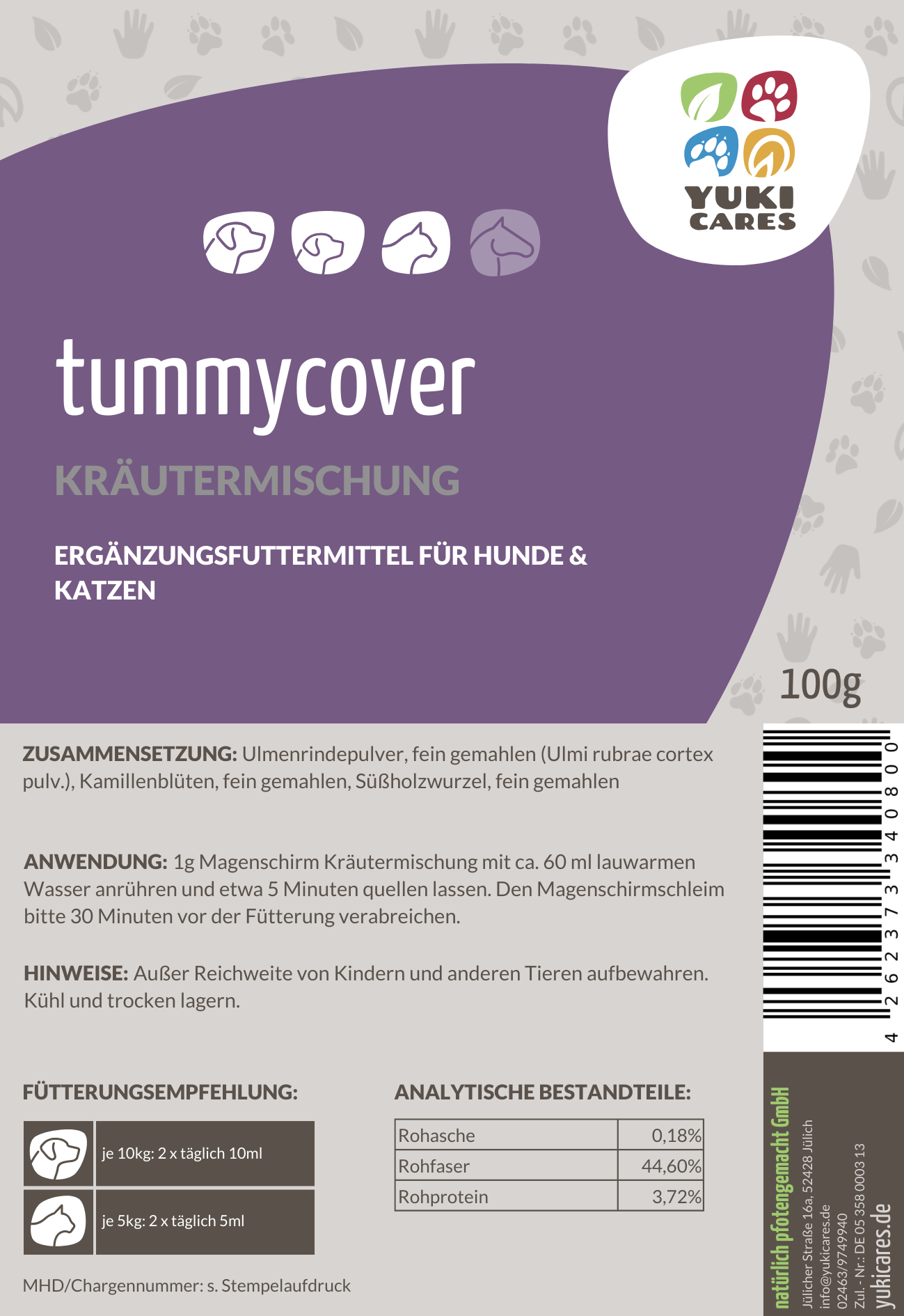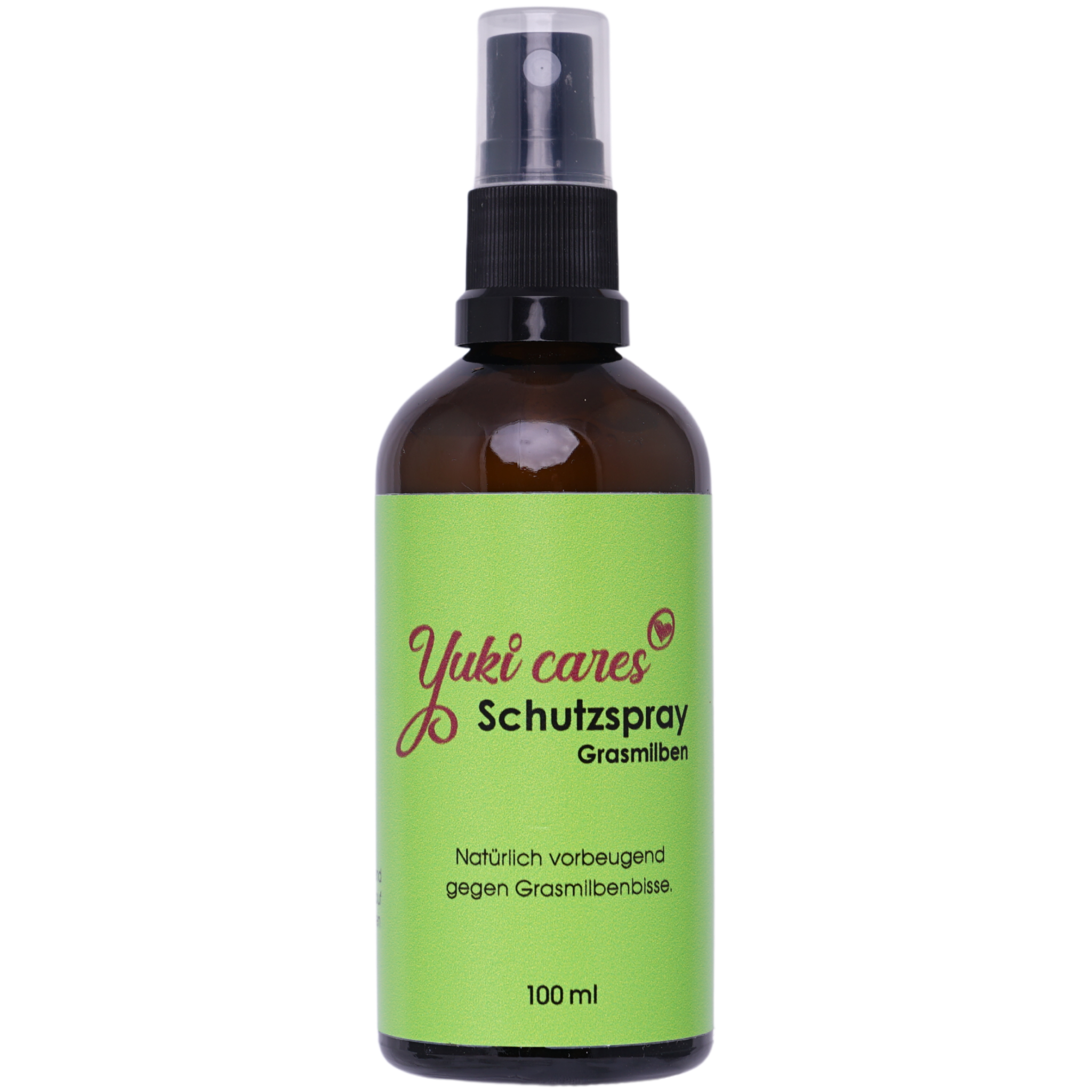You just googled "how often should you bathe your dog?" – Here you'll find out everything you need to know
How often should you wash a healthy dog?
When or which dogs can be bathed more often?
What is the best way to wash a dog?
How often should you wash if you have fleas?
How often do you wash with dog shampoo?
Why is dog soap better than dog shampoo?
How often should you wash a healthy dog?
How often you should wash or bathe your dog depends on the breed and the type of coat . For example, there are different coat types . A basic distinction is made between the top coat and the undercoat . The coat structure itself can be divided into six categories. There is short hair, wire hair, curly hair, long hair, rough hair and felt hair. If you want to know more about the different coat types, take a look at this article . Generally speaking, the top coat changes every 6-8 weeks. When a dog sheds its coat , the undercoat is replaced. This usually happens in summer when there is more light. The same happens again in winter when the days get shorter. The undercoat is completely replaced. You can support your dog during this coat change. This can be done by regularly combing and brushing, but also by giving it a bath. You can massage the dog to stimulate blood circulation. This helps dead hairs fall out more easily.Regular grooming depends on the coat type. Dogs with short, wire, felt, or short hair require less grooming than dogs with long or wavy hair. You can treat the latter to regular baths with a soap to loosen the undercoat.
Regardless of coat type, breed and activity levels also play a role. If your dog spends a lot of time outdoors and enjoys rolling around or jumping in puddles, he needs a more intensive cleaning .
Simply rinsing the dog with clean water is generally safe and can be repeated regularly. However, a full bath with dog shampoo should only be given once every two months at most .
When or which dogs can be bathed more often?
Generally, the skin pH of dogs is higher than that of humans. However, the values also vary from breed to breed. Labradors, for example, have a skin pH of around 6.8. The German Shepherd, on the other hand, has 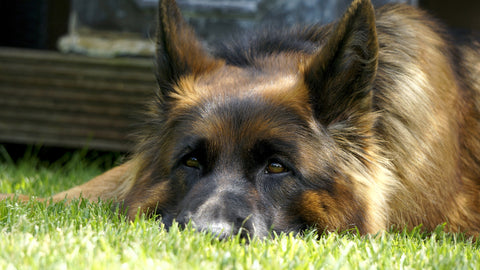 a skin pH value of 8.7. The pH value in dogs is therefore partly in the slightly acidic and partly in the distinctly alkaline range . The dog's skin is home to a skin flora of bacteria and fungi that support the external immune system. There is also its own microclimate there, i.e. the layer of moisture on the skin that develops automatically. If the dog is washed too often or if overly aggressive substances are used, the skin flora and microclimate are destroyed and the skin becomes dry and cracked , which in turn increases the susceptibility to inflammation, injury and infection . Dogs don't always smell nice to our noses. But that is the animal's natural scent.
a skin pH value of 8.7. The pH value in dogs is therefore partly in the slightly acidic and partly in the distinctly alkaline range . The dog's skin is home to a skin flora of bacteria and fungi that support the external immune system. There is also its own microclimate there, i.e. the layer of moisture on the skin that develops automatically. If the dog is washed too often or if overly aggressive substances are used, the skin flora and microclimate are destroyed and the skin becomes dry and cracked , which in turn increases the susceptibility to inflammation, injury and infection . Dogs don't always smell nice to our noses. But that is the animal's natural scent. 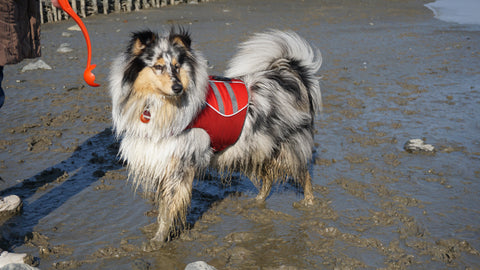
What is the best way to wash a dog?
Not every dog feels comfortable bathing. Therefore, the conditions should be right. Below are some tips for bathing your dog most effectively.
1. The place
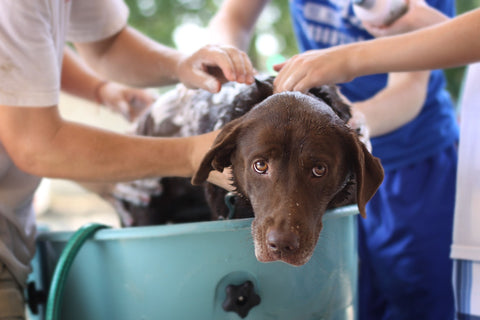 Try to choose a surface that is n't too slippery . Rubber mats can be helpful here. You can bathe or shower your dog in the bathtub or shower, or even outside. Provide a quiet environment to avoid unnecessary stress. Close the bathroom door so your dog can't escape and run around the house wet.
Try to choose a surface that is n't too slippery . Rubber mats can be helpful here. You can bathe or shower your dog in the bathtub or shower, or even outside. Provide a quiet environment to avoid unnecessary stress. Close the bathroom door so your dog can't escape and run around the house wet.
2. The preparation
Before you start washing your dog, you should brush it thoroughly. If there are any sticky spots in its hair (e.g. from tree resin), you can rub them with our fur butter* and leave it on for a day. If your dog needs nail care , trim their claws before bathing. This reduces the risk of injury. It's best to have all the utensils you need close at hand . This includes cleaning products and a towel to dry your dog after a bath. If your dog is large and nervous, you should get a partner to help you. Their partner can help you hold your dog if necessary or show you which utensils to use. The best way to protect your dog's ears is to put small cotton balls in them. These prevent water from flowing into the ear canals if your dog doesn't have floppy ears. Since you also want to clean their neck, you should remove their collar . This is especially important for leather collars, as these can become tighter when washed. If in doubt, it is better to use a nylon strap if you need to restrain the dog.
3. The bathroom
Now you choose the right water temperature . It should be neither too hot nor too cold. Young dogs in particular are sensitive to temperatures that are too high or too low. Hand-warm water is ideal. Don't fill with too much water. It is enough if the animal is in the water up to its knees . Now you can wet the coat thoroughly; you can use a shower head for this. Avoid your dog's head and face . Then you can apply the coat care product. To do this, massage the shampoo or soap in thoroughly. Clean all parts of the body except the head and then rinse the product out thoroughly. You can clean the dog's face with a damp cloth . With female dogs in heat, you should be thorough but careful between the legs so as not to rub any germs into the vagina, but at the same time clean the fur of residue and germs. A dog soap disinfects here in a mild way and is not so harsh on the sensitive mucous membranes.
4. Dry the dog
Then you should quickly grab the towel and dry your dog thoroughly . If your dog is cold, it could catch a cold. It will also follow its natural instinct to shake itself. To prevent water from splashing everywhere, quickly throw a towel over your dog. A microfiber towel is also very suitable because it is highly absorbent. It is better to press the towel firmly and not rub too hard , as otherwise the hair can quickly become matted. A dog bathrobe is perfect for this. 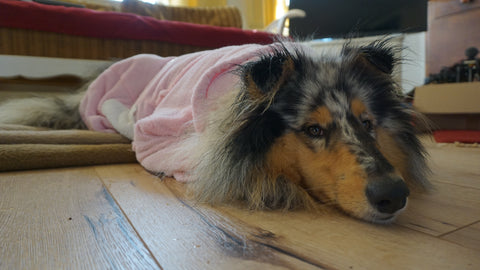
Generally, you should use a special shampoo or dog soap for grooming your dog's coat. It should be tailored to your dog's skin pH. It should not contain added fragrances (pay attention to the fine print). These can cause irritation. Furthermore, your dog will perceive the scent as a bad smell, so they will soon try to cover it up. Furthermore, it should not contain artificial surfactants, formaldehyde, phthalates, or musk compounds . Natural conditioning oils, on the other hand, are beneficial for coat care. Regular human shampoos or even baby shampoos are unsuitable for dogs.
How often should you wash if you have fleas?
A flea infestation is a painful problem. The parasites torment dogs, causing them to itch all over. In serious cases, this can even lead to illness. Therefore, you should act quickly if you notice your dog scratching frequently. You can identify fleas by the droppings they leave in their fur, or you can make a flea trap. To do this, place a tea light in a bowl of soapy water on the floor of a dark room. The fleas are attracted to the light and drown in the soapy water. One flea found is equivalent to about 10 unseen fleas, so you can get a rough idea of the severity of the infestation. But how often should you bathe your dog? A single, thorough wash with a special anti-flea shampoo or anti-parasite soap can help to limit the flea infestation somewhat and, above all, soothe the skin at the bite sites. However, you shouldn't use an aggressive shampoo more often. Treating the environment is especially important when dealing with a flea infestation, as 90% of fleas don't live on your dog, but in your carpet. You can find tips on this in this blog article about flea infestation .
How often do you wash with dog shampoo?
The shampoo is tailored to your dog's needs and ensures that your dog's skin's pH level and, with it, its delicate acid mantle aren't disrupted. You can safely use the shampoo every two months. However, a full bath shouldn't be given much more often.
Why is dog soap better than dog shampoo?
You can generally choose between dog soap and dog shampoo for cleaning your dog's coat. However, dog soaps have a number of advantages over shampoo. Soaps are particularly gentle on your dog's coat and skin because they contain only natural surfactants and a particularly high proportion of conditioning oils. The soaps are suitable for all coat types , including sensitive dog skin . They also sometimes contain pure essential oils , which have a regenerating and calming effect. The right pH value and the natural ingredients stabilize the skin barrier and soothe irritated skin . Dog soap is moisturizing . Dog soaps develop a light, caring lather that is quickly washed out. After washing, the coat has a silky shine and becomes particularly soft. The soap also supports natural re-fatting .
Our dog soaps can also be used as a mild substitute for special dog shampoos from the vet; I would be happy to advise you personally on this.
Why can you bathe your dog more often with a good dog soap?
Shampooing your dog's skin should only be used in exceptional cases, as otherwise it will dry it out too much and the natural protective layer could be damaged. If you buy a suitable dog soap, you'll never have to google "how often to bathe your dog" again. This means you can bathe your dog more often without worry. This is because it contains particularly mild surfactants and nourishing, moisturizing plant oils that won't harm irritated skin. Oils like borage oil naturally superfat the skin, stabilizing the protective layer in a completely natural way and preventing the skin from drying out. Depending on the type, the dog soap also has soothing, disinfecting, and regenerating effects .
There are no
- artificial preservatives
- Parabens
- Silicones
- Petroleum or
- Contain PEGs.
Artificial fragrances are also avoided.
The Yuki cares dog soaps*:
Yuki cares fur soap Dreckspatz - for mild cleaning:
Yuki cares Fur Soap Stinkerchen – for mild cleaning and odor removal:
Yuki cares Allergo Control fur soap – soothing for allergic itching:
Yuki cares Skin Repair fur soap – skin regenerating for eczema:
Text partly by Textbroker / A-169427
Images by Pixabay & Balance Cure Animal Healing Practice
This text contains affiliate links (*)
Through these links, we recommend certain products and may earn a commission. The products don't cost any more, we promise.
If you would like to be regularly informed about new blog articles, simply sign up for our newsletter below!






